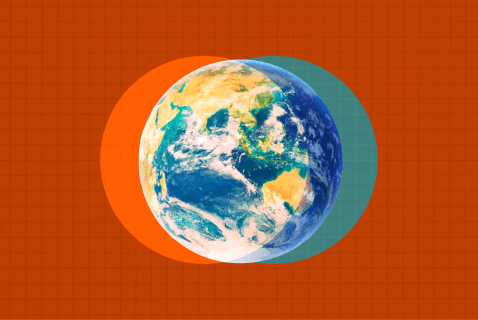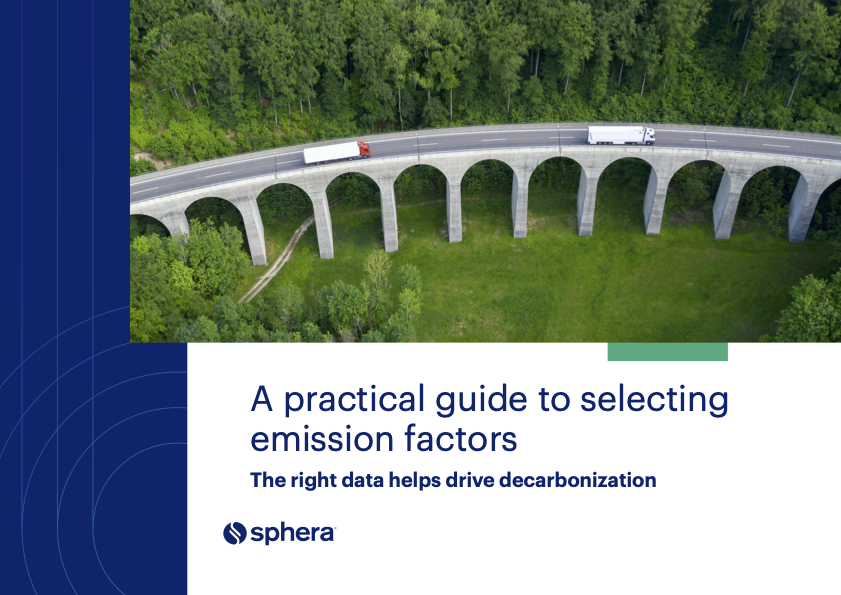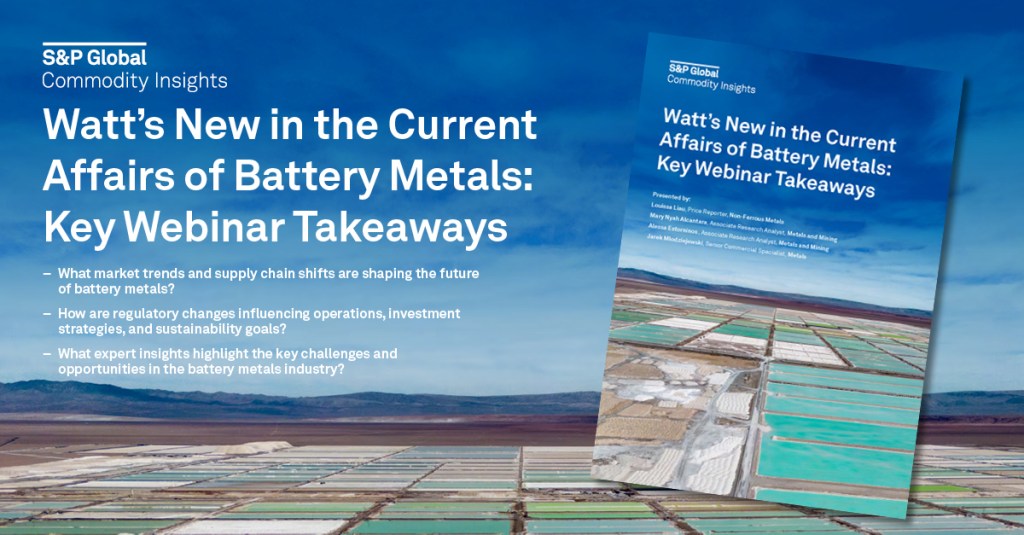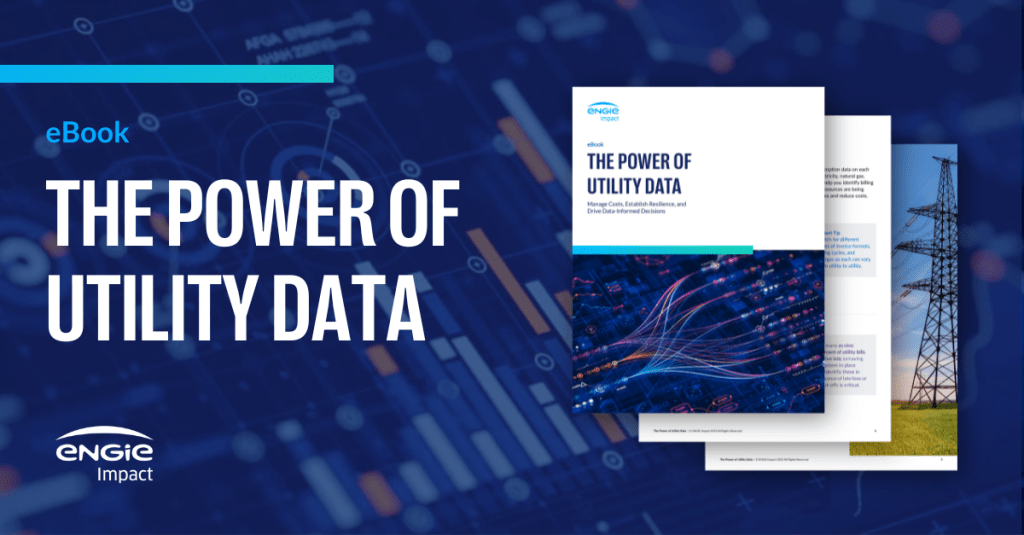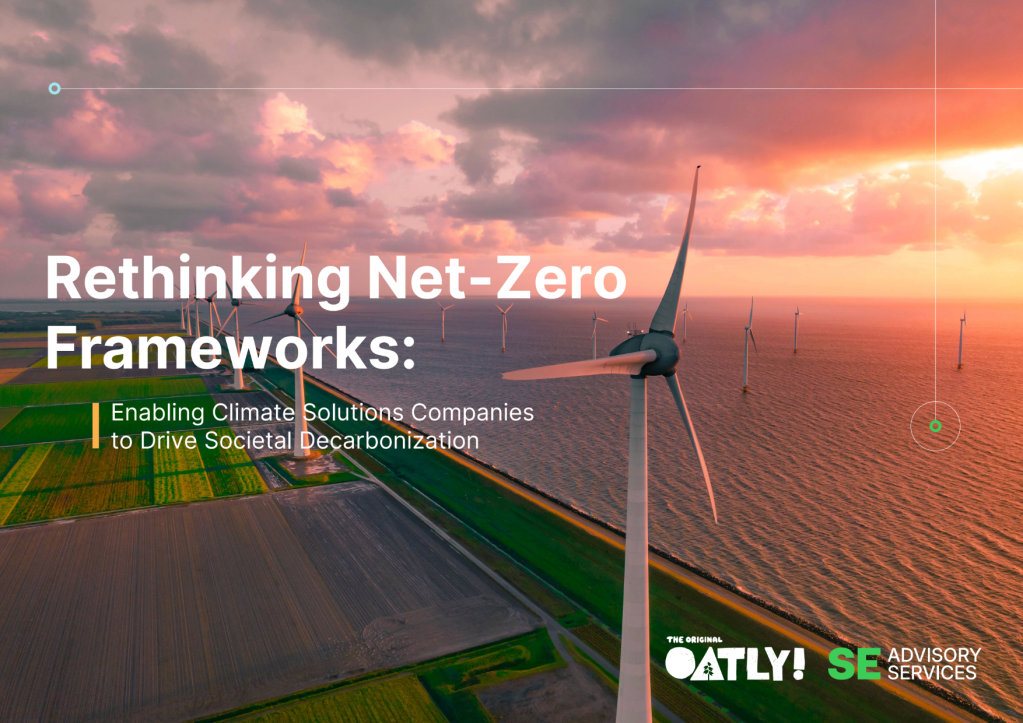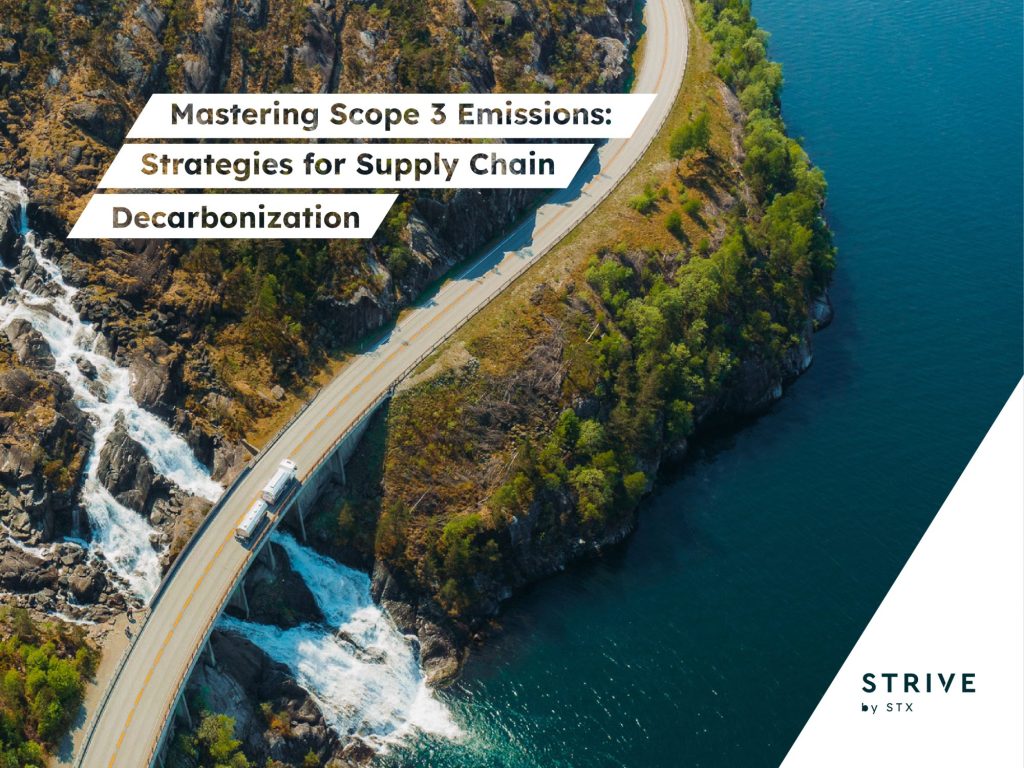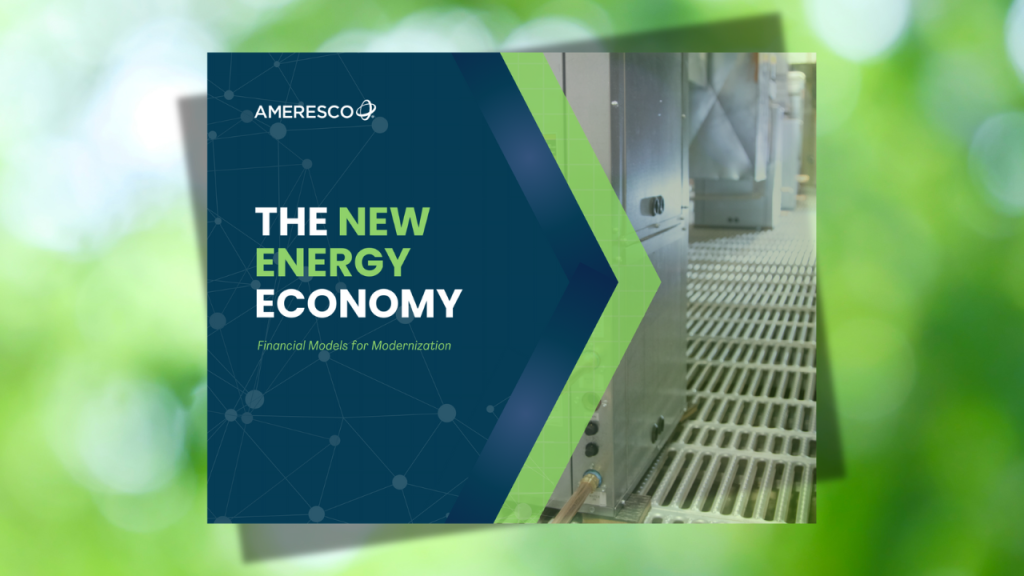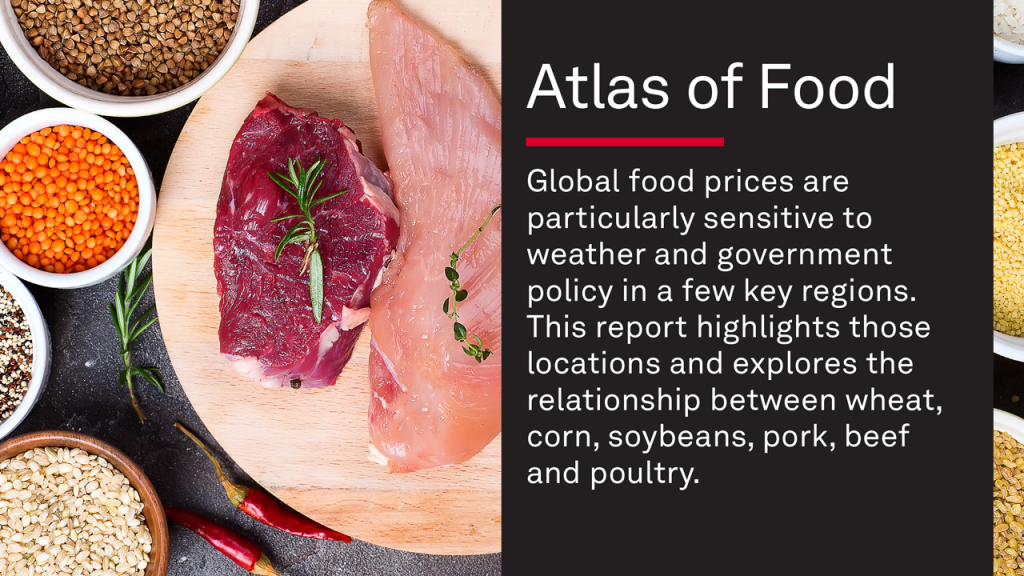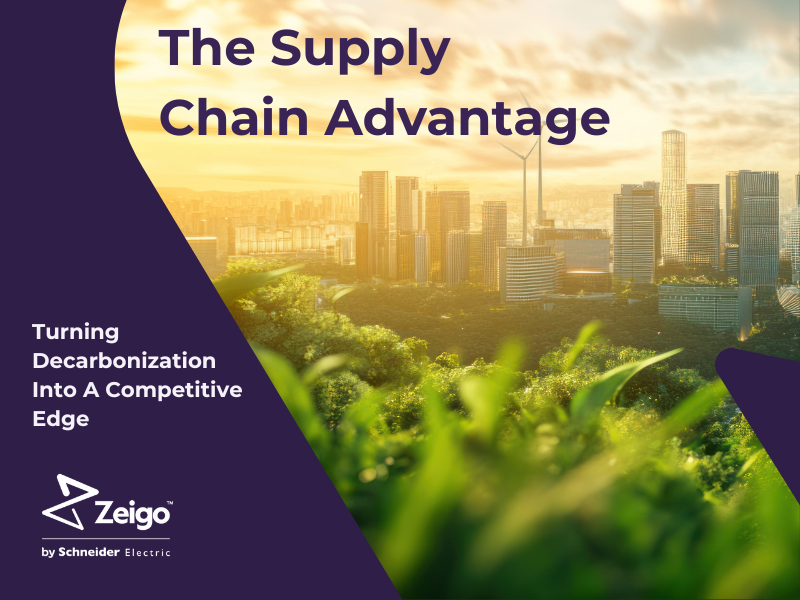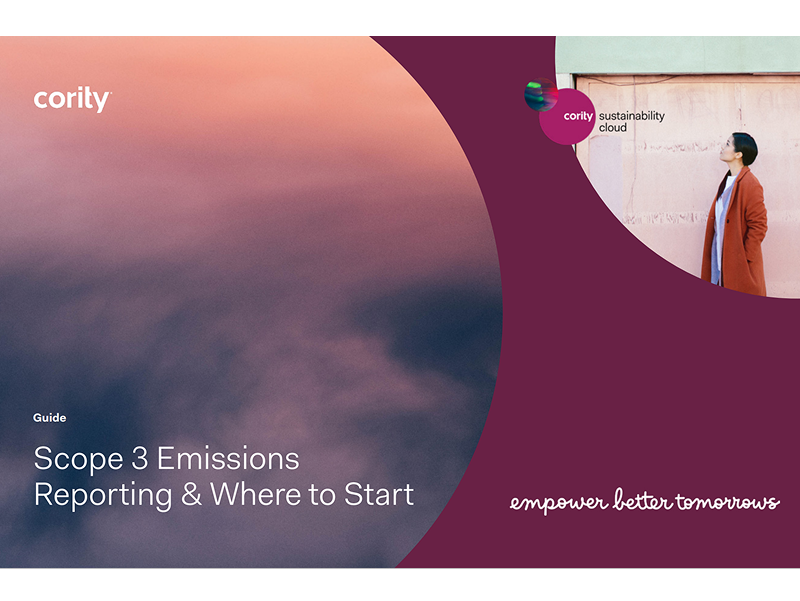Growing in use, plastic credits face rising criticism
Critics are skeptical of the tool’s efficacy to bring systemic, permanent reductions to plastic waste. Read More
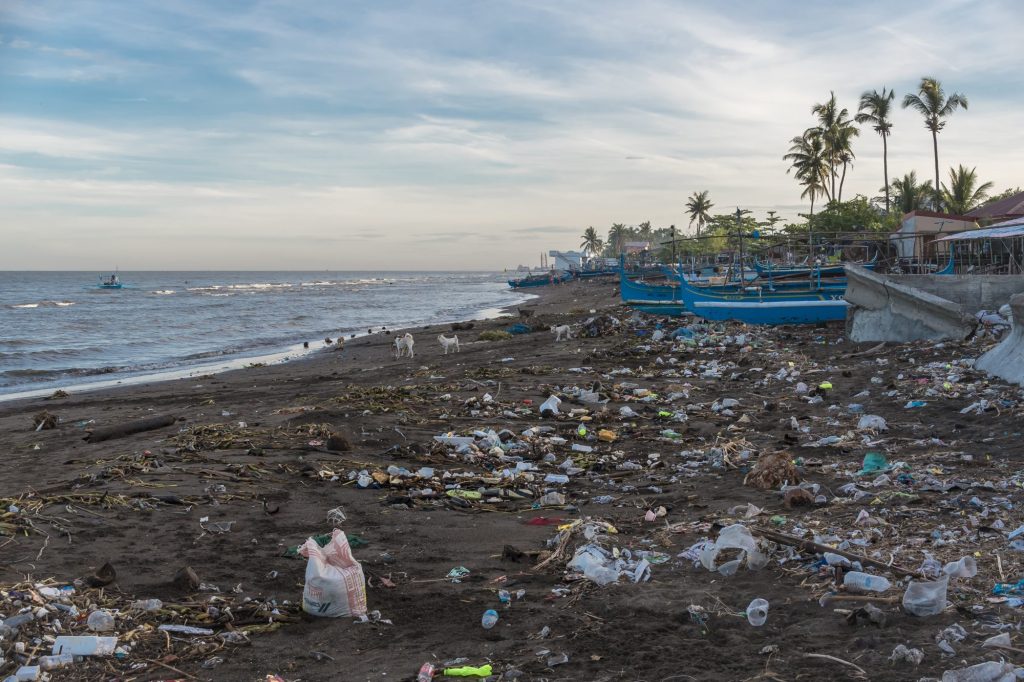
- Plastic credits can help remove downstream plastic waste from the environment but do little to reduce overall production.
- As with carbon credits, they face concerns about their effectiveness.
- Plastic credits can form part of organizations’ plastic reduction strategies.
Trading in plastic credits has emerged as an option to offset businesses’ plastic footprints, but experts say that companies should focus on reducing production of the material before using credit purchases to deal with the plastic pollution crisis.
One plastic credit represents one metric ton of waste collected, recycled or upcycled, and can be bought by companies to offset their plastic footprints. India’s plastic credit market is expected to grow 70 percent to $1.7 billion from 2024 to 2030, and Global Market Estimates predicts 48 percent global growth in the credits by 2029.
As with carbon credit markets, however, critics are skeptical of this tool’s efficacy to bring systemic, permanent reductions to plastic waste.
“I would never argue that plastic credits are the solution to the crisis on their own,” said Sebastian DiGrande, CEO of PCX Markets, which launched in 2021 and has become one of the world’s largest plastic credits marketplaces. “But we do think that credits are an important financing mechanism that will accelerate action downstream and incentivize action upstream.”
What is a plastic credit?
In 2022, the world generated 268 million metric tons of plastic waste. Eleven percent of that, or about 718,000 jumbo jets by weight, were discarded into the environment.
The financing gap to create a circular plastics economy by 2040 is between $426 billion and $1.2 trillion, according to the World Bank. Proponents of credits argue that they address plastic waste today while mobilizing financing for waste infrastructure.
Projects that collect plastic waste and meet quality standards can sell credits for each ton they collect. Companies, or individuals, can purchase those credits, funding waste management projects.
Online marketplaces such as PCX Markets connect projects with buyers. To date, PCX says, it has facilitated the collection and processing of over 136,000 metric tons of plastic.
Projects are usually based in developing nations that have little or no municipal waste collection services and therefore generate more plastic waste pollution.
After plastic is collected, what happens to it varies. It might be disposed of in a managed landfill, recycled, upcycled or burned as an energy source.
Plastic credit prices are set by project organizers. At PCX, credits sell for an average price of around $200. Cheaper options are generally collection and disposal or burning, while more expensive projects involve upcycling or ocean clean-ups.
Other prominent names in the plastic credits market include Verra — a leader in standards-setting in the voluntary carbon market whose methods have attracted scrutiny — and BVRio.
“Plastic credits can align financial flows from a range of sources towards high quality plastic waste management projects, particularly in regions that are disproportionately impacted by plastic pollution,” said Komal Sinha, senior director of government and policy engagement at Verra.
No cure for plastics pollution
Critics dismiss the whole concept.
“Plastic credits treat the symptom, waste, rather than the disease, unsustainable production and consumption of single-use plastics,” said Alex Blum, CEO of Applied Bioplastics.
“I doubt whether the plastic credit mechanism can contribute meaningfully,” said Sangcheol Moon, plastics researcher at UC Berkeley. “It is not a stable funding mechanism and it can further fragment the governance landscape.”
Concerns also emerge at the individual project level.
A recent paper by Moon and Neil Tangri, science and policy director at the Global Alliance for Incinerator Alternatives, raises concerns about plastic credits, specifying additionality and permanence issues.
The paper argues that some credits “include ongoing waste collection activities that would have occurred regardless of plastic credit incentives,” failing to meet additionality standards.
Permanence is another challenge.
“Plastic credits are not permanently removing plastic from the environment,” said Tangri. “If plastics go to recycling, which we think is the best possible destination for plastic waste, it gets recycled and within a short time it becomes waste again.”
Standards setters such as Verra and PCX try to reconcile these issues by requiring projects to meet additionality requirements, environmental standards and improved worker conditions.
“Unless we provide the highest possible level of transparency and trust in what we’re doing, this market will never scale,” said DiGrande.
Lack of standards
A lack of universal definitions and guidelines, however, remains an obstacle for the industry.
“We don’t believe in the effectiveness of plastic credits without a credible, solid, and harmonized global standard,” says a statement on Nestlé’s website.
“We believe further research is needed to test the effectiveness of plastic credits,” said a Danone spokesperson. “We also believe that there is a need for standardized methodologies to measure the impact of voluntary initiatives.”
Danone’s subsidiary, Danone-AQUA Indonesia, withdrew from a plastic credit partnership last year after community members complained that its alternative fuel plant was releasing toxic smoke.
Proponents argue that plastic credits provide communities and workers with steady sources of income, but studies of forest management and soil carbon credit projects “show that worker benefits often don’t materialize,” said Moon.
How sustainability leaders approach them
“Reduction obviously sits as that first step for us, but we still produced 1.9 million pounds of plastic in 2024,” said Kaley Warner, sustainability manager of Grove Collaborative, a company that produces sustainable household products. “We’re trying to take responsibility for the plastic that doesn’t have a viable alternative yet.”
Grove considers itself “plastic neutral” because it recovers an equal amount of plastic through credits as it produces. Meanwhile, upstream efforts led to a 23 percent reduction in Grove’s plastic production from 2023 to 2024.
In most countries, plastic waste management programs are voluntary for large companies. However, extended producer responsibility (EPR) regulations are emerging across the world, with governments in Canada, the EU and the U.K. mandating that companies take responsibility for their products after consumer use.
In the Philippines — the leading source of ocean plastic pollution in the world — plastic credits are permitted to satisfy EPR requirements. The pros and cons of this approach are being debated in global plastics treaty talks.
In the Philippines, new producer responsibility regulations have resulted in more capital being funneled to plastic recycling infrastructure, and the unit costs of using virgin plastic are increasing due to credit purchases, incentivizing investment in upstream solutions.
“We’re not perfect,” said DiGrande. “But we also don’t want perfect to be the enemy of good along the way.”
[Connect with more than 3,500 professionals decarbonizing and future-proofing their organizations and supply chains through climate technologies at VERGE, Oct. 28-30, San Jose.]
